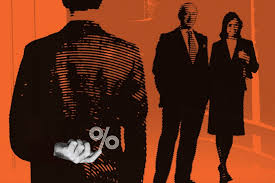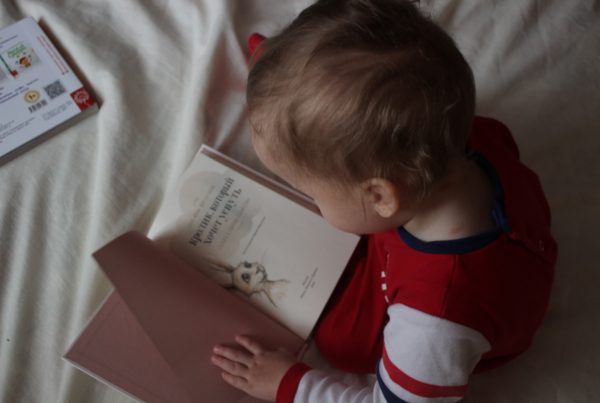At the heart of any board room or executive suite is the energy of power and its uses.This is particularly true when it comes to ethics. In most workplaces, the design of the structure places control and coordination of work one level above where the work is done. The supervisor decides who does what work, when and with whom.
This is the hierarchy of control and coordination design principle. Dysfunctions such as micromanagement emerge from here. This design leads to the CEO being (theoretically) responsible for everything that the organisations people do. We often hear “the buck stops with the CEO”.
In behavioural terms employees understand implicitly that they need to pay attention to how the supervisor spends their day, what mood they are in, what interests them and who they like and dislike.
To put it simply the employee deploys their attention to their supervisor (understands the power dynamic), adjusts their own behaviour and ultimately, will be allocated the work they like, will be allowed to work the way they want, will be recognised, and rewarded in small and large ways.
These behavioural patterns play out every day and contribute to the creation of cultural norms, values in action and types of learning that sustain the unique dynamic of power in any organisation. Ultimately this is how the energy of power flows through the hierarchy and is why the governing cohort is so crucial to success. The framing of “what is success” and what problems are needing to be solved e.g., is it a P& L problem or a customer problem? It is the same problem just with a different frame determined by the posture of the governing cohort.
The governing cohort are the board, the CEO, the CEOs direct reports and in larger organisations their direct reports. It is here that the fight for attention, priority, resources, and posture of the organisation toward stakeholder groups, ethics and sustainability is fought. Informed CEOs understand the hierarchy and know that their words alone will not enable changes in the cohorts’ unconscious normative patterns for attention, priority, and resource allocation.
But the most important conceptual battle for an informed CEO is with the board. It is here that the posture of the organisation is most conflictual. Why? Because of the hierarchy. The fundamentals of this dynamic of power interplay with the worldview, skills, emotions, and knowledge of the board members. Poorly or partially formed ethical compasses wreak havoc and are often found in the hands of powerful people in organisations.
In Australian organisations today the battle for the purpose of the organisation is crystallised in the false dilemma of profit and resources for shareholders OR doing the right thing by employees, customers, the community, and the planet.
Embedded in this false dilemma are the mindsets, skills, knowledge and learning processes of the Board members. The informed CEO finds themselves working on the wrong problems as board members are unable to see beyond a narrow accountability for shareholder financial returns in the short and or long term.
If a CEO gets trapped in these poorly formed beliefs and tries to take short cuts to the marketplace, work around the board’s perspective, they become mired in the complexity of the ethical failures and weaknesses, continuously trying to mitigate potential repetitional damage, justify poor choices to the frontline and ultimately undermining their own integrity.
We see this time and again in the Australian banking and finance industry and in the full flush of the Hayne Royal Commission and numerous parliamentary inquires over the years. At the same time, we see 9 Royal Commissions in the last 7 years, across a wide range of industries where leaders have failed to understand their roles in creating a healthy and vital society and economy and have undermined their own integrity in the process.
This is very true when it comes to sustainability and ethical issues broadly, the self-awareness and understanding of power dynamics within the governing cohort help the informed Chief Executive Officer to frame problems ethically in the heat of battle and ensure attention, priority and resources are aligned throughout the governing cohort for a sustainable future.
The informed CEO knows that they must allocate time and energy to making sure that the problems the board and the governing cohort try to deal with are the right ones. The CEO helps reframe the problems, asks for a meta perspective from board members and calls out functional and worldview biases. The ability to clarify and frame problems for organisations through an ethical lens is a key distinguishing attribute for successful Chief Executive Officers and members of the governing cohort.





